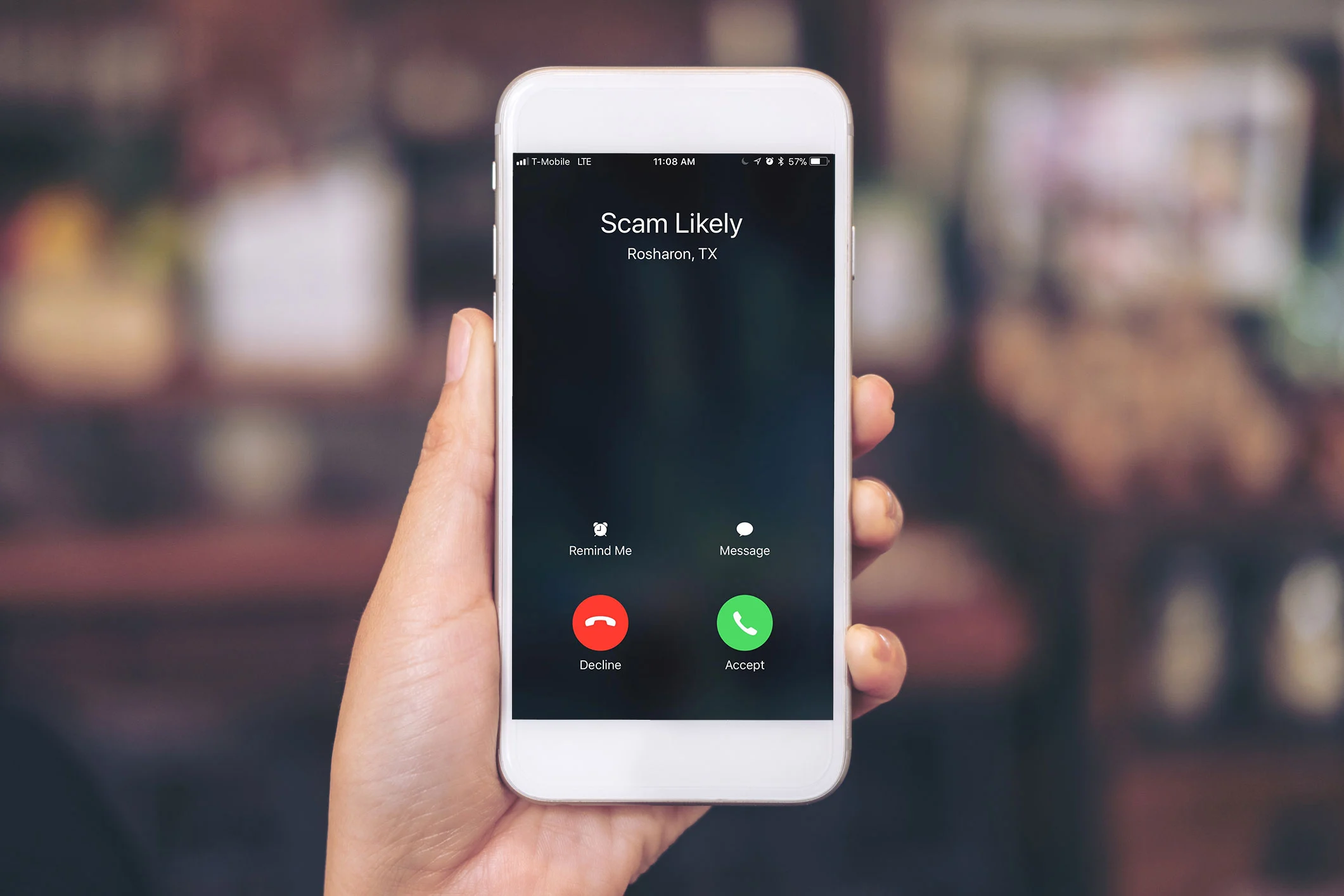The original codename “Android L” Android Lollipop was released officially on the Nexus 6 (and Nexus 9), November 3, 2014. Lollipop is now available on all Nexus models 4-10. Lollipop slowly arrived for devices such as the HTC One M8, Samsung Galaxy Note 3 Note 4, Galaxy S4, Galaxy S4 and Galaxy S5 smartphones.

However, this doesn’t mean that there haven’t been problems with the KitKat successor. Some users have complained that Android 5.0 lacks a silent mode feature and memory management issues, as well as too many cards in Overview and not working properly. While certain issues can be fixed, Google also attempted to address these issues with Android 5.0.2.
It is rumored that Google will announce Android5.1 in February to improve Lollipop and fix bugs. This update will apparently be quite large and will improve or add to Lollipop’s already impressive features.
Here are 15 cool features and functions that Android 5.0 Lollipop already includes to help you get up-to-speed.
- 1 1. Material Design
- 2 2. Tap and Go
- 3 3. Interruptions and Notifications
- 4 4. Priority Mode
- 5 5. Predict battery life
- 6 6. OK Google
- 7 7. New Quick Settings
- 8 8. Ambient Display
- 9 9. Capabilities for Color Blindness and Low Vision Enhancement
- 10 10. Screen Pin
- 11 11. Android beam is more powerful
- 12 12. Apps Return after a Reboot
- 13 13. Multiply the Guests and Users
- 14 14. Add Trusted Devices
- 15 15. New Keyboard
1. Material Design
You’ll immediately notice the new Lollipop interface, which Google calls “Material Design”. The icons on the Homescreen have a flatter design for a start. Geometric shapes can also be used as navigational icons and color overlays on images.

Lollipop is bright and colorful without being too loud.
2. Tap and Go
Android users are likely to be aware of the difficulty in switching between apps and settings. Tap and Go solved this problem for most of the time. This feature will be available immediately after you set up your new device. Just remember that “Tap and Go” uses a NFC-and-Bluetooth-powered data transfer – this means you’re transferring the information via Bluetooth after you place your old device against your new device. This feature makes it easy to transfer data, settings, widgets, and other Google Account information, as well as apps and configuration settings, from one device to another.
3. Interruptions and Notifications
notification control is a major part of Android 5.0 Lollipop. You can now control which apps you want to display information on your screen. You can choose which notifications you want to display on your locked screen.
You can hide sensitive alerts as well by going to Settings->Sound & Notification->When device is locked.
4. Priority Mode
“Priority Mode” is undoubtedly one of the most innovative notification enhancements in Lollipop. This feature, if you are familiar with iOS is similar to the “Do Not Disturb” feature. Android’s version is a bit more sophisticated. What is Priority Mode?
You can select only the apps that are most bothersome to you using Priority Mode. In case you’re wondering, you can set a time limit before your phone displays normal notifications. To toggle between All, Priority and None, you can use the volume buttons to turn on or off your device’s notifications. To block specific apps, go to Settings -> Sound and notification -> App notifications.
For the “Do Not disturb” feature, go to Settings -> Sound and notification ->Interruptions. You can choose the times that you do not want to be disturbed such as overnight.
5. Predict battery life
Android 5.0 Lollipop now offers the ability to see an estimate of how long your device will take to fully charge. This is in addition to a percentage. This information can be accessed by tapping the battery icon within the Quick Settings menu.
Lollipop has a battery-saving function that can prolong the battery’s life for up to 90 minutes.
6. OK Google
OK Google is an old feature, but Motorola inspired some of the Lollipop features. You can also say “OK Google” even when your phone is still in standby mode. After you have done this, your phone will wake up and start working. This includes texting or asking directions. This feature is currently only available on Nexus 6 or Nexus 9 devices.
Are you looking for another way to get your Android phone up and running? Double-tap the screen to wake up your Android device. This feature is similar to OK Google, but you need the right hardware. Unfortunately, that means the Nexus 9 tablet or Nexus 6.
7. New Quick Settings
Google has reorganized Quick Settings once more, and it is definitely a positive change. They are not only easier to use, but also more intelligent. Ambient light, for example, responds to any brightness level automatically. The volume slider is another example. It appears when you press the volume key. You will also find the Notification modes buttons here.
You can also find the most popular controls, such as flashlight, hotspot and screen rotation with just two swipes. It’s amazing that you don’t have to download an app for flashlights from third-parties, as I know it is.
8. Ambient Display
This feature is found on the Moto X’s Moto Display. Ambient Screen displays only the information you require on your screen, without needing to turn it on. For example, the Nexus 6 provides black and white versions for notifications that you might see on your lock screen. The full-color version of a notification appears once you interact with it.
9. Capabilities for Color Blindness and Low Vision Enhancement
This feature is a great help for people with low vision and color blindness. These Google experimental features were added to Lollipop in order to help those with poor screen visibility or color blindness. These features are found under the Settings and Accessibility menus.
The Color Correction setting allows you to adjust the display. It is based upon the three types of color blindness (deuteranomaly and protanomaly) High Contrast Text is another setting that highlights white text or light colored text in dark black. This makes it easier for you to read the text against different backgrounds.
10. Screen Pin
The screen-pinning feature allows you to share amazing things with people, but not with your phone’s information. You can only allow one app to run on your phone when it is activated.
Go to Settings, Security, then turn on Screen Pinning. After you have pressed the Overview button (the square icon at the bottom), select the app that you wish to pin, and then press the Overview button. You can also access Settings > Sound and Notification > App notifications to enable Sensitive Settings. This will allow you to turn on alert settings for any apps that you choose, such as email or text. Next, go to Sound & Notification and tap on “When device locks”, then select “Hide sensitive notifications content”.

These are two great ways to let your children play on your phone or show aunts pictures from your previous trip.
11. Android beam is more powerful
Although Android Beam is a well-known feature, it has not been integrated into Lollipop’s system function. This makes it easier to share files, images and links with apps, contacts, and files.
If you open the Photos app and tap on an image, then tap the share icon, you might see “Android Beam” in the list. After you have selected “Android Beam”, you will be asked to bring another Android with you and place them back-toback. After that, the image will be transferred seamlessly without any wires, apps, or third-party services.
12. Apps Return after a Reboot
Did you ever notice how all your open apps disappeared when you rebooted your phone? Lollipop is different. Your apps will remain on the Overview screen if you have to reboot. This means that you can return to any conversation, website, or work you want if necessary. Keep in mind, however, that not all apps will keep track of exactly where you are at.
13. Multiply the Guests and Users
You’re likely familiar with Guest Mode if you have an Android tablet. This feature is now available in Lollipop. Let’s say that your friend lost their phone in a taxi or is dead. You can give them your mobile device so they can access their social media accounts and email without you having to log you out.
To activate Guest Mode, open your notifications drawer at top of screen and swipe to the right. Next, tap the person icon. Select Add Guest once you’re there. Multiple profiles can be added to your device, so that they each have their own accounts and profiles. This is a great feature if you have family members or roommates who live together.
14. Add Trusted Devices
Lollipop can make certain Bluetooth- or NFC-enabled devices, such as smartwatches, trusted devices. It will unlock automatically, so you don’t need to input security codes or patterns every time your Android phone or tablet is within range of NFC-enabled devices.

Go to Settings -> Security->Smart Lock to add a trusted device.
15. New Keyboard
Google finally improved the keyboard. Although it doesn’t seem like much, the keyboard now looks and feels cleaner. The keyboard has accessory support for emoji inputs and search key as well as multilingual assistance. The keyboard also features an enhanced app and system key chords.










